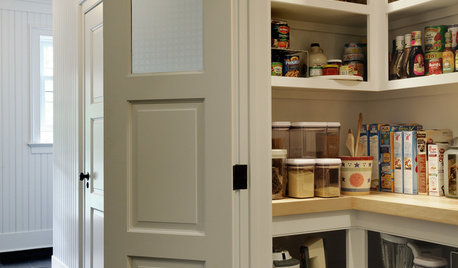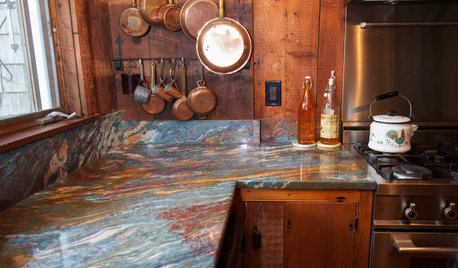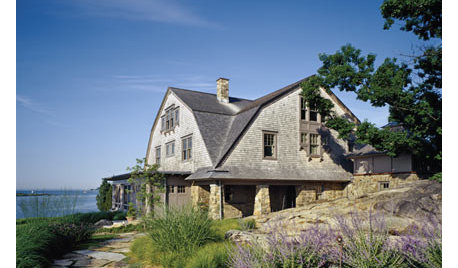Breaker Breaker
eam44
10 years ago
Related Stories

WORKING WITH PROS9 Questions to Ask a Home Remodeler Before You Meet
Save time and effort by ruling out deal breakers with your contractor before an in-person session
Full Story
HOUSEKEEPINGAll Together Now: Tackle Home Projects With a DIY Co-op
You're in good company when you pair up with a pal to clean, organize, repair and replace
Full Story
HOUZZ TOURSHouzz Tour: A Neutral Palette Pleases By the Sea
Designer Phoebe Howard creates earth-toned elegance for a family's Florida beach getaway
Full Story
PRODUCT PICKSGuest Picks: 25 Kids’ Toys for $25 or Less
These toys foster creativity, learning and good, old-fashioned fun — and won’t break the bank
Full Story
MY HOUZZMy Houzz: Barn Wood Touches for a New England Home
Rustic charm and personality define this family’s traditional Cape Cod home
Full Story
SHOP HOUZZShop Houzz: Build a Bar for the Holidays
Prep for a season of celebrations with a dedicated space for your holiday spirits
Full Story0

ECLECTIC HOMESMy Houzz: A Basketball Court, a Rooftop Kitchen and More in Manhattan
This 5-story tour de force by the stars of ‘9 by Design’ puts the focus on family, work and fun
Full Story
LIFE12 House-Hunting Tips to Help You Make the Right Choice
Stay organized and focused on your quest for a new home, to make the search easier and avoid surprises later
Full Story
HOUSEKEEPINGWhat's That Sound? 9 Home Noises and How to Fix Them
Bumps and thumps might be driving you crazy, but they also might mean big trouble. We give you the lowdown and which pro to call for help
Full StoryMore Discussions








randy427
toxcrusadr
Related Professionals
Avon Lake General Contractors · National City General Contractors · Pine Hills General Contractors · River Edge General Contractors · University Park General Contractors · Waldorf General Contractors · Champlin Solar Energy Systems · Chanhassen Solar Energy Systems · Eastvale Solar Energy Systems · Mill Valley Solar Energy Systems · Annapolis Home Automation & Home Media · Hanover Home Automation & Home Media · Philadelphia Home Automation & Home Media · Skokie Home Automation & Home Media · Springfield Home Automation & Home Mediaweedmeister
eam44Original Author
brickeyee